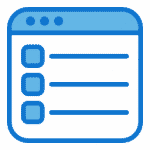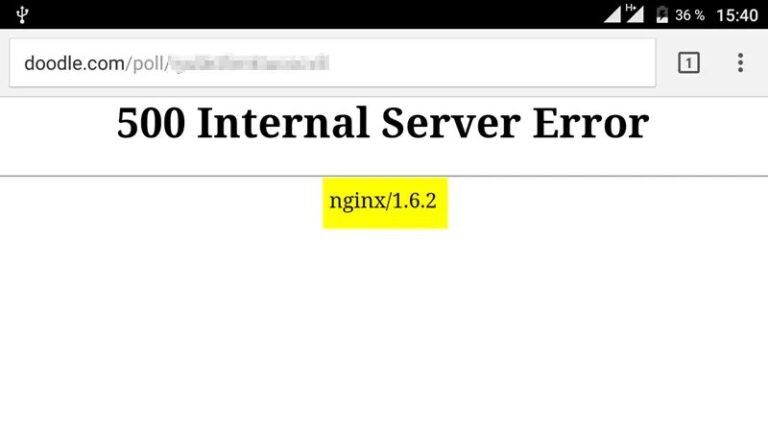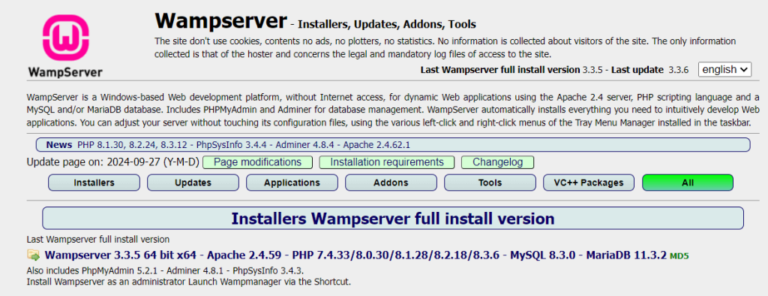Is your WordPress site acting a little… off? Maybe it’s loading slowly, redirecting visitors to sketchy websites, or Google just flagged it for malware. If you’re seeing strange behavior, it’s time to find malicious links threat that could be hiding in your site’s code—these are more common than you might think.
In this guide, we’ll explain exactly how to find malicious links in WordPress and how to remove them. Whether you’re a beginner or an experienced site owner, this step-by-step guide will walk you through the process.
Let’s lock your site down and keep your visitors safe.
What Are Malicious Links—and Why Should You Care?
Malicious links are hidden or injected hyperlinks placed on your WordPress site by hackers or malware. They can redirect your users to dangerous websites, steal user data, hurt your SEO rankings, and even get your site blacklisted by Google.
Still wondering how serious it is? According to recent reports, over 43% of hacked WordPress sites were compromised due to vulnerabilities in plugins or themesA WordPress theme is a set of files that determine the design and layout of a website. It controls everything … More, often leading to link injections.
So yes—it’s a big deal. But the good news? You can find and remove these links without being a tech wizard.
How Do Malicious Links Get Into Your WordPress Site?
Here’s a quick breakdown of how these sneaky links make their way into your site:
- Nulled or pirated themes/plugins – These often come preloaded with backdoors.
- Outdated plugins/themes – Security holes can be exploited by automated bots.
- Weak login credentials – Brute-force attacks can crack simple admin passwords.
- SQL injections or XSS – If your site isn’t properly secured, hackers can inject malicious scripts.
- Compromised user accounts – Admin access can be misused if credentials are leaked.
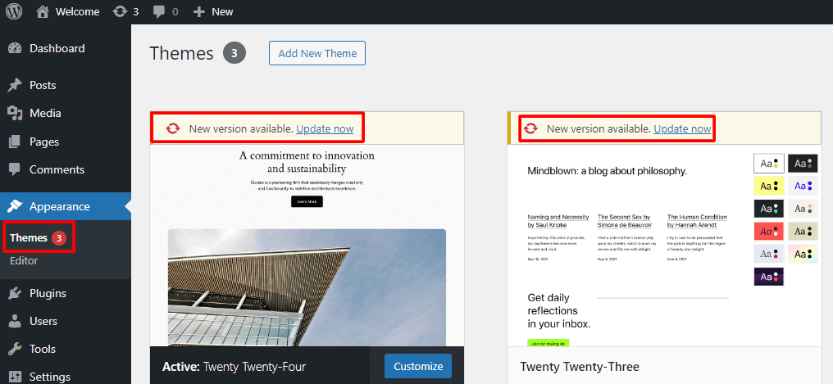
Sound familiar? Let’s move on to how you can spot the damage.
Signs Your WordPress Site Has Malicious Links
Before you start scanning every file, check for these warning signs:
- Google flags your site in search results (“This site may harm your computer”).
- Sudden drop in SEO rankings or traffic.
- Strange outbound links in footers, sidebars, or blog postsA post is a type of content in WordPress, a popular open-source content management system used for creating an… More.
- Hidden links in white text or off-screen (CSS tricks).
- Site redirects visitors to gambling, adult, or pharma sites.
- Visitors report pop-ups or being sent to random pagesIn WordPress, a page is a content type that is used to create non-dynamic pages on a website. Pages are typica… More.
If you’ve noticed one or more of these, it’s time to dig in.
How to Find Malicious Links in WordPress (Step-by-Step)
This section is the heart of the guide. We’ll go over tools and methods—some easy and automatic, others more hands-on.
1. Use a WordPress Security PluginA plugin is a software component that adds specific features and functionality to your WordPress website. Esse… More
Don’t want to dig into the code right away? Great—start with a plugin.
Top security plugins that scan for malicious links:

- Wordfence Security – Full site scan with real-time threat detection.
- Sucuri Security – Malware scanning + integrity checks.
- MalCare – Deep scans without overloading your server.
👉 Pro Tip: Install one of these, run a full scan, and look for flagged files or unfamiliar links.
These tools often catch injected links hiding in themeA WordPress theme is a set of files that determine the design and layout of a website. It controls everything … More files, widgetsA widget is a small block of content that performs a specific function and can be added to certain areas of a … More, or your databaseA database is an organized collection of data stored and accessed electronically. It is a crucial component of… More.
2. Find Malicious Links: Check Google Search Console
This is your site’s direct line to Google. If they’ve found something fishy, they’ll tell you here.
How to check:
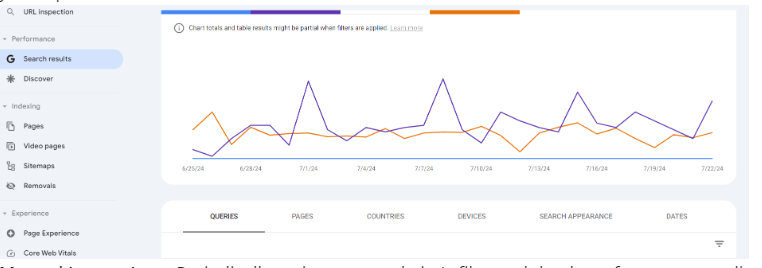
- Log into Google Search Console.
- Go to “Security Issues” – Look for any flagged malware or links.
- Check “Manual Actions” for penalties related to spammy content.
- Use the “Links” section to spot suspicious outbound URLs.
If you see weird domains or sketchy content, that’s a red flag.
3. Find Malicious Links: Manually Inspect Your Site Files
If you’re comfortable with some light detective work, go straight to the source.
Where to look:
- footer.php, header.php, and functions.php in your theme folder
- Any recently edited files
- Inline links or scripts in your posts
What to look for:
- Base64-encoded strings (often used to obfuscate malicious code)
- <iframe> or <script> tagsIn WordPress, tags are a taxonomy used to classify and organize posts. They are similar to categories, but unl… More pointing to unknown URLs
- Links with display:none, white font on white background, or off-screen positioning
👉 Quick trick: In your hosting file manager or FTP client, sort files by “last modified date” to find recent edits.
4. Scan the Database via phpMyAdmin
Malicious links can also be injected into your WordPress database, especially inside posts, widgets, or settings.
Steps:
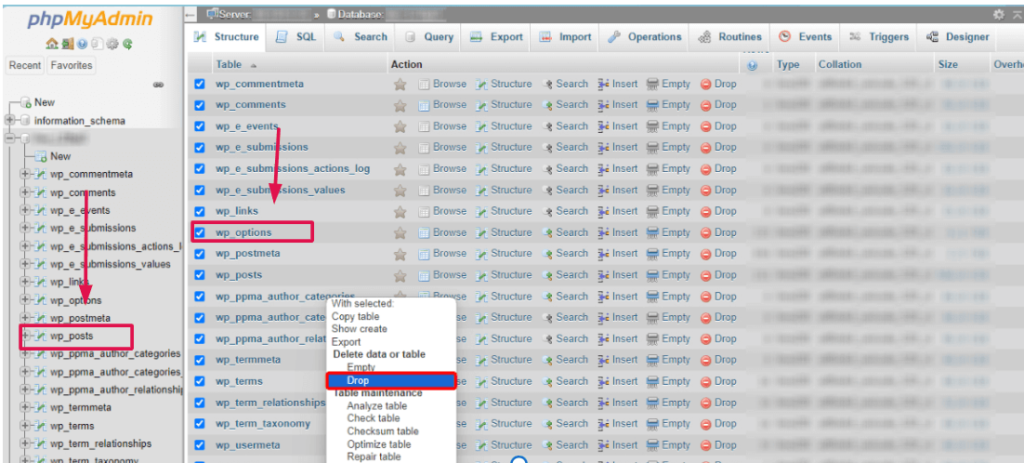
- Log in to phpMyAdmin via your hosting panel.
- Select your database and open the wp_posts and wp_options tables.
- Use the search function for suspicious keywords like:
- “viagra”
- “casino”
- “href=”
- “base64”
- “iframe”
Found something weird? Copy it to a notepad and prepare to remove it (we’ll show you how in the next section).
5. Use Free Online Malware Scanners
These aren’t as deep as internal scans but they’re fast and free.
Try these:

Just enter your URL and let them sniff out malicious links on your public-facing pages.
6. Find Malicious Links: Browser Developer Tools
Want to see what’s really loading on your site?
- Visit your site in Chrome.
- Right-click and click Inspect.
- Go to the Elements tab or Console.
- Look for <a> tags or <script> code from domains you don’t recognize.

Sometimes, injected links are only visible to search engines or users coming from Google—so try using an incognito window, too.
How to Remove Malicious Links from WordPress
Found something suspicious? Don’t panic—here’s how to clean it up.
1. Restore a Clean Backup
If you have a recent, clean backup—this is the fastest way to recover your site.
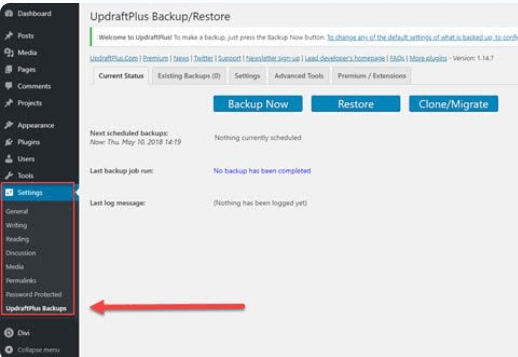
2. Manually Remove the Links
- Open infected files (via FTP or file manager) and carefully delete the injected code.
- Use a code editor like VS Code or Sublime to avoid breaking syntax.
- Be sure not to delete anything vital.
3. Reinstall Clean Versions of Themes/Plugins
If your theme or plugin is infected:
- Delete it.
- Download a clean copy from WordPress.org or the official vendor.
- Reinstall and reconfigure if needed.
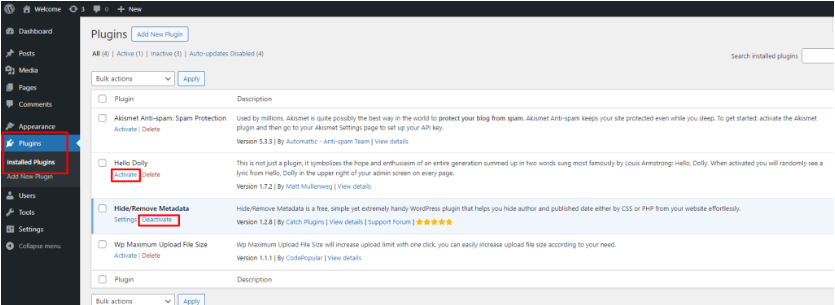
4. Scan the Database
Remove malicious links from the wp_posts, wp_options, or wp_widgets tables using phpMyAdmin or a plugin like WP phpMyAdmin.
5. Change Your Passwords and Access Credentials
Reset:
- All WordPress admin and user accounts
- FTP/SFTP passwords
- Database passwords
- Hosting panel logins
6. Remove Suspicious User Accounts
Delete any unfamiliar admin accounts. Double-check users under Users > All Users.
How to Prevent Malicious Links in the Future
The best offense is a solid defense. Here’s how to keep your site protected long-term:
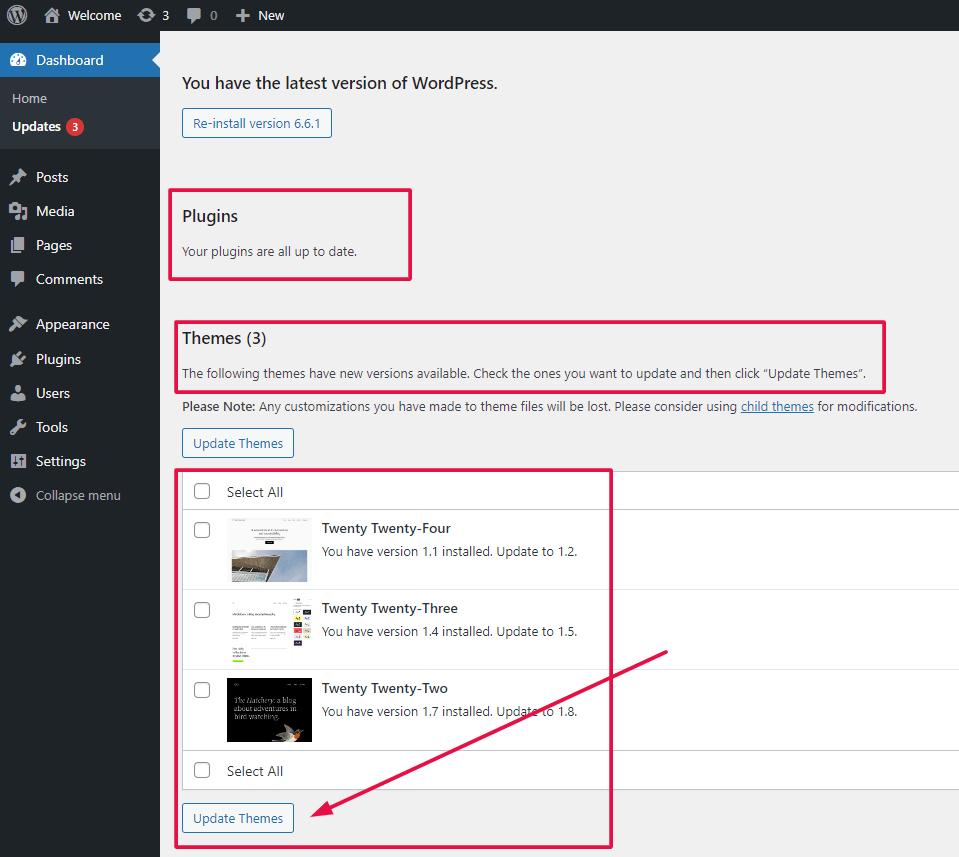
- Update regularly – WordPress, themes, and plugins.
- Avoid nulled/pirated software – Always use licensed or verified sources.
- Use strong passwords + 2FA – Make brute-force attacks a thing of the past.
- Limit admin access – Only give full access to trusted users.
- Install a Web Application Firewall (WAF) – Block attacks before they hit your server.
- Schedule regular security scans and backups – Automate them if possible.
Stay Secure: Find Malicious Link Risks Early
If your WordPress site has been infected with malicious links, don’t worry—you’re not alone. Hackers target all types of sites, big and small. But with the right tools, some basic know-how, and a little bit of patience, you can find, fix, and future-proof your website.
So here’s your next step:
👉 Run a scan using Wordfence or Sucuri right now.
👉 Check your Google Search Console for alerts.
👉 Bookmark this guide so you’re ready next time.
And hey—if this postA post is a type of content in WordPress, a popular open-source content management system used for creating an… More helped you, share it with someone else running a WordPress site. A little security awareness goes a long way.
Would you like a downloadable checklist version of this guide or help creating an automated security workflow? Worried about site security? One compromised pageIn WordPress, a page is a content type that is used to create non-dynamic pages on a website. Pages are typica… More can ruin your reputation. Learn how to find malicious link threats hiding in your WordPress site before they cause real damage.
If you’re looking for fast WordPress hosting with built-in security and done-for-you updates, check out our hosting packages by clicking the button below. Let us handle the heavy lifting so you can focus on growing your business.
Why Choose Gigapress?
We pride ourselves on delivering hosting solutions that are:
- Scalable: Designed to grow with your business.
- Secure: Equipped with advanced tools to protect your digital assets.
- Reliable: Built on industry-leading technology for unmatched uptime and performance.
- Budget-Friendly: Offering affordable plans without compromising quality.
Let Gigapress be your trusted partner in hosting and development, empowering your online presence to achieve new heights. Contact us today to learn more about how we can support your business.

